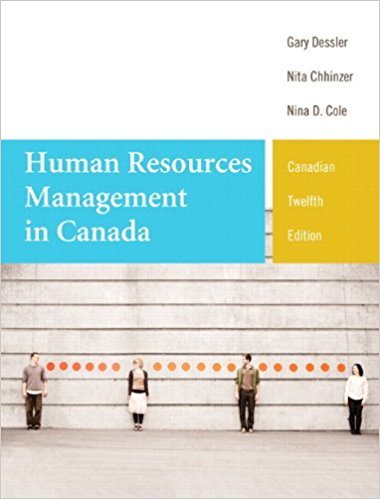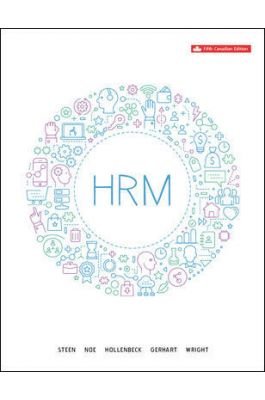Human Resource Management Leslie Rue 11Edition
Chapter 11
Performance Management Systems
True / False Questions
| 1. | Generally, one of the responsibilities of line managers in performance management is to maintain a reporting system to ensure that appraisals are conducted on a timely basis.
True False |
| 2. | Ability refers to the amount of energy an individual uses in performing a task.
True False |
| 3. | The only necessary condition for high-level performance is an individual’s ability.
True False |
| 4. | It is generally recommended that informal performance appraisals should be conducted two or three times a year for most employees.
True False |
| 5. | An understanding of job descriptions is crucial for conducting performance appraisals.
True False |
| 6. | Management by objectives (MBO) requires that employees participate in the process of performance evaluation by helping to set objectives.
True False |
| 7. | The focus of the behaviorally anchored rating scale (BARS) and, to some extent, the graphic rating scale and checklist methods of performance appraisal is primarily on performance outcomes.
True False |
| 8. | Most behaviorally anchored rating scales (BARSs) use the term job dimension to mean those broad categories of duties and responsibilities that make up a job.
True False |
| 9. | Major advantages of behaviorally anchored rating scales (BARSs) include their simplicity and ease of development.
True False |
| 10. | The critical-incident appraisal method requires an evaluator to keep a written record of job behaviors that illustrate both the satisfactory and unsatisfactory performance of the employee being rated.
True False |
| 11. | The most common practice in the checklist method of performance appraisal requires an evaluator to rank a set of statements describing how an employee carries out the duties and responsibilities of a job.
True False |











Reviews
There are no reviews yet.